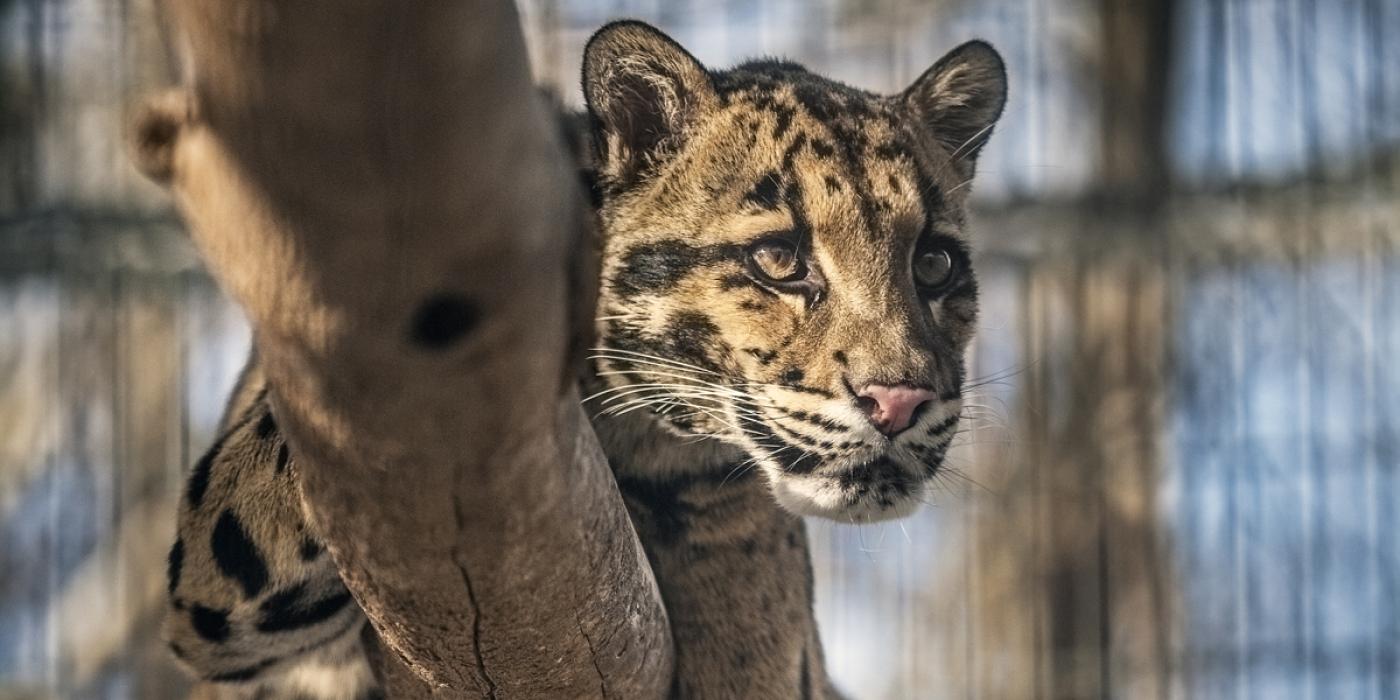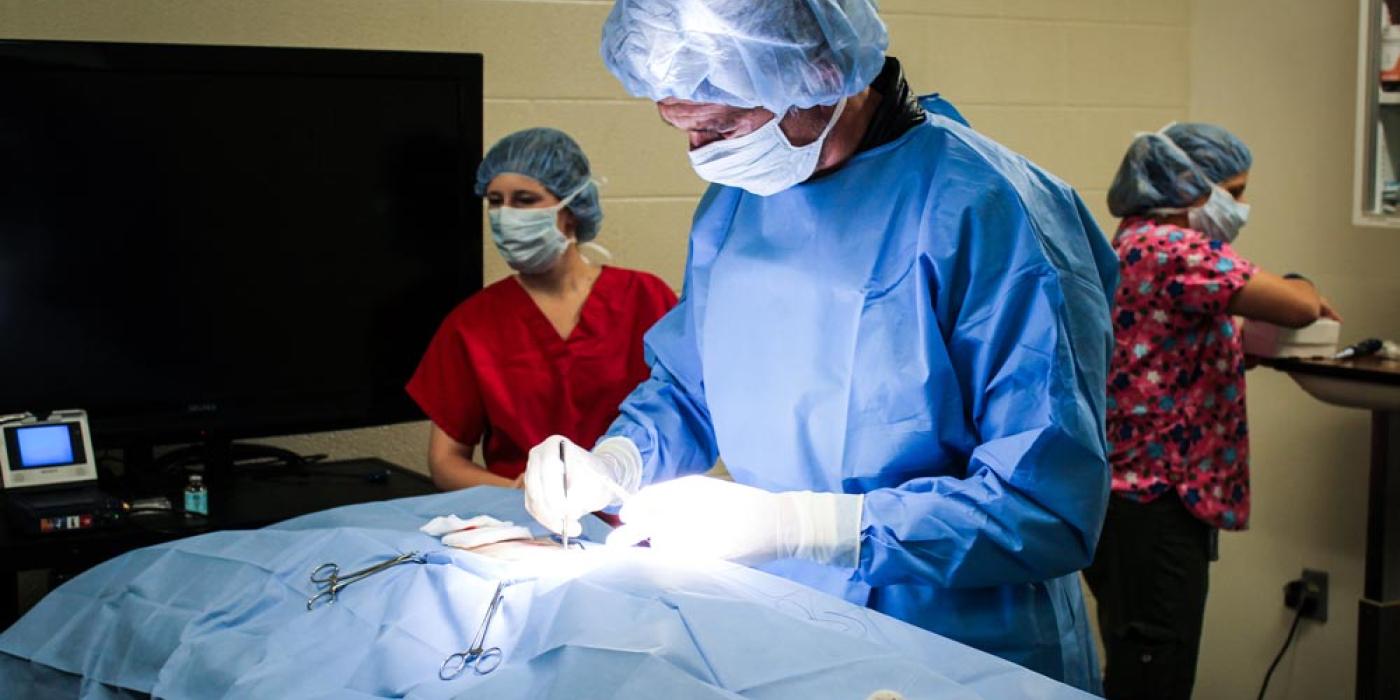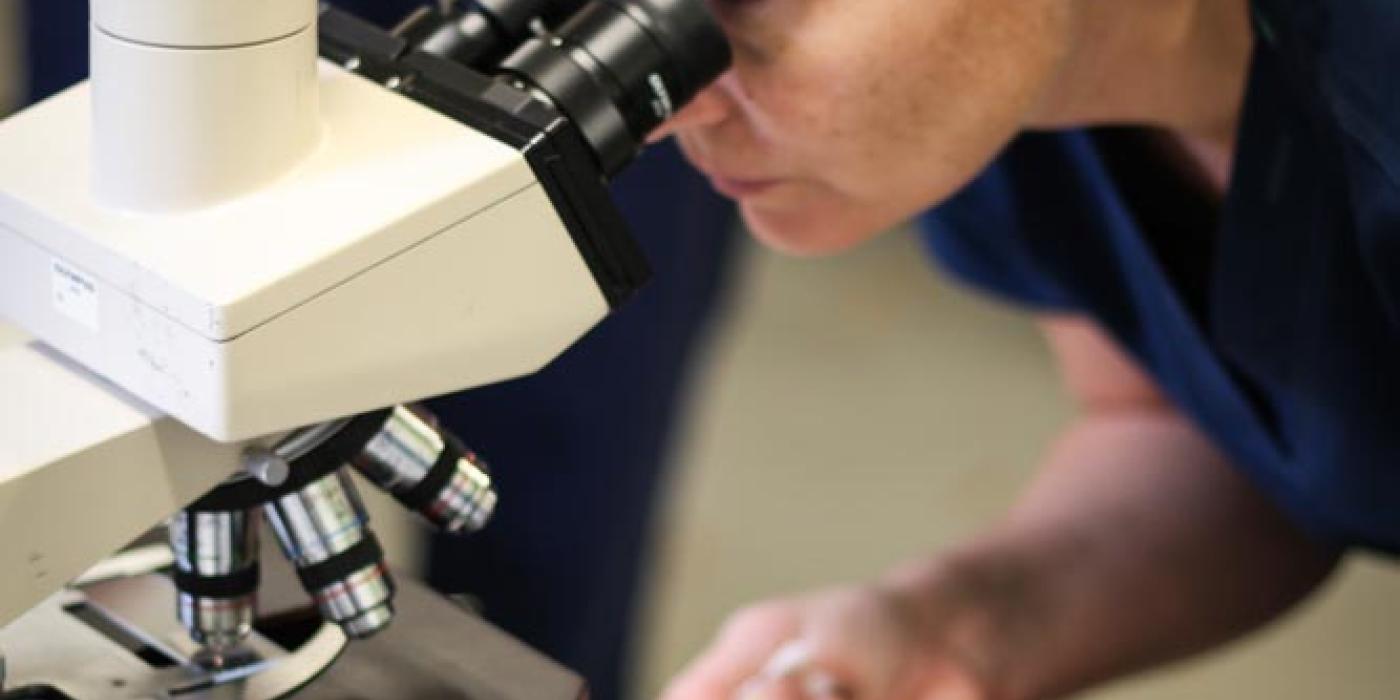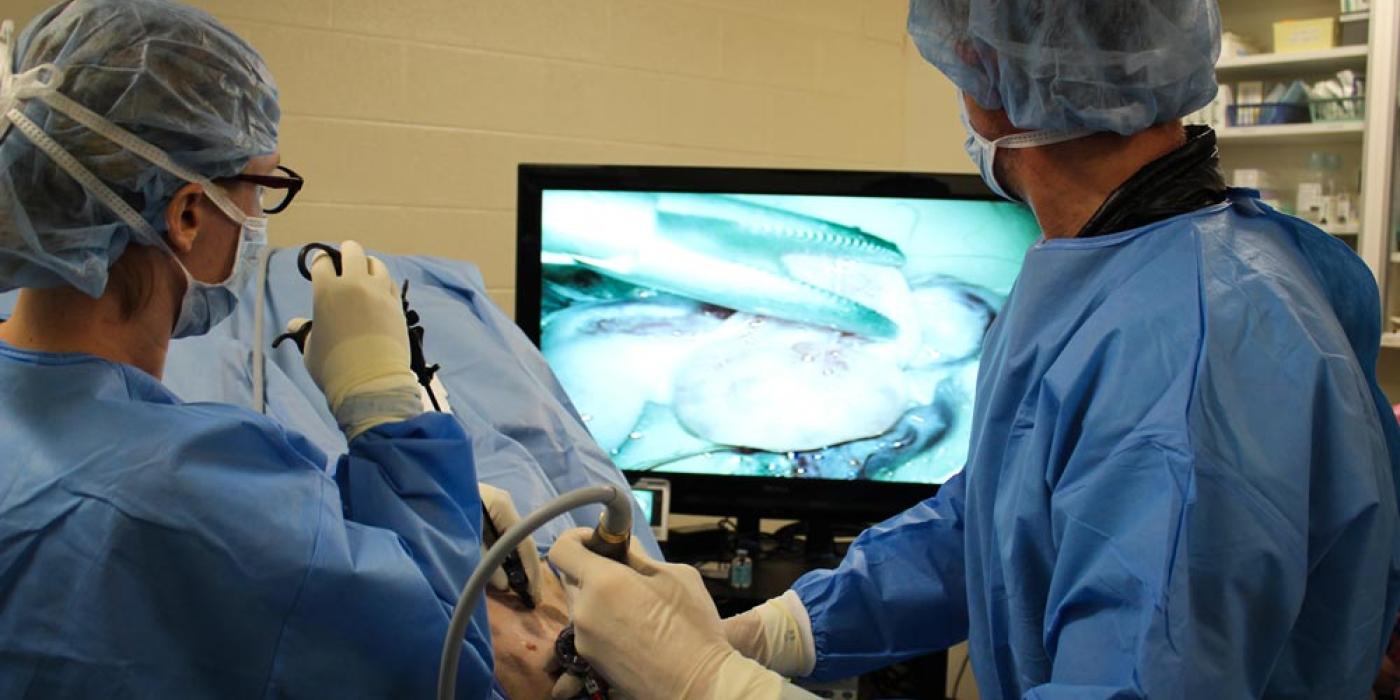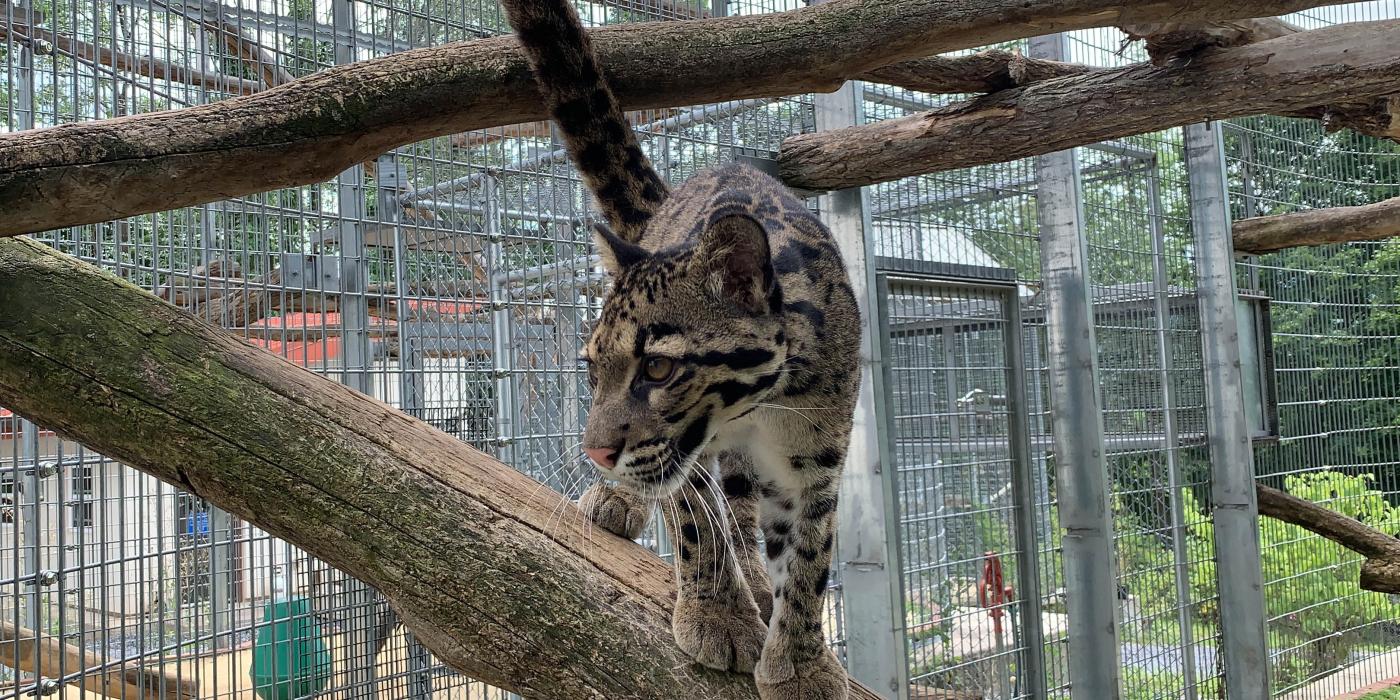New Approaches Could Improve Clouded Leopard Breeding
Why do clouded leopards seem to have a tough time reproducing outside of their natural habitat? As wild populations continue to dwindle, conservation scientists are working against the clock to find successful artificial insemination methods. Two research biologists—Adrienne Crosier and Pierre Comizzoli of the Smithsonian Conservation Biology Institute—have recently worked with colleagues from the Nashville Zoo to explore new ways to artificially inseminate clouded leopards and enhance procreation.
What are the goals of this study?
We want to improve our understanding of female clouded leopard physiology, establish a technique to produce cubs through assisted breeding and, ultimately, help the population grow. Our greatest chance for success is to use what we know about the female’s natural reproduction to pinpoint the best time and technique for assisted breeding.
Interestingly, a female that bonds to a male usually readily conceives. On the other hand, females and males that were previously paired won’t re-bond with another mate later in life. One of the challenges of getting clouded leopards to reproduce outside of their natural habitat is replicating that male-female bond. Assisted breeding allows us to expand the genetic diversity of cubs without disrupting those established bonds.
In the past, there were incidents of males killing females even when females were in estrus. To prevent this, the Species Survival Plan (SSP) began pairing males and females when they were very young—as early as 6 to 8 weeks of age—and letting them grow up together and form that bond. These adults tend to breed successfully with each other, and today there are about 90 animals in the SSP. Only about 10,000 remain in their native Nepal, Bangladesh, Assam (eastern India), Indochina, Sumatra, Borneo and southern China.
But if they breed naturally, why even try assisted breeding?
One reason we want to develop assisted breeding in this species is because not every female has a mate and vice versa. There are many females and males in the population that would be a good genetic match but that aren’t in a bonded pair. We want those animals to reproduce.
By exchanging semen from animals that are still living in South East Asia, we can use those samples to perform artificial inseminations here and, hopefully, create cubs that are genetically diverse.
What are the challenges of artificial insemination?
One of the challenges we have with clouded leopards is that they are spontaneous ovulators. That means they can release eggs at any time. Once they release an egg, they enter the luteal phase—the stage in the menstrual cycle when the ovaries are producing progesterone and the animal is not cycling—for about 60 days, even if they are not pregnant.
In order for artificial insemination to be successful, we have to make sure they’re not in that luteal phase. In addition, we need to stimulate the ovaries to have follicular growth and egg development. This is time sensitive because clouded leopards are only reproductively active for about six months.
In general, we have very low pregnancy success whether or not we manipulate their hormonal cycles intensively. Traditionally, we’ve deposited sperm directly into the uterine horns, but only one pregnancy was produced using that method many years ago.
What are these new methods, and how will they improve pregnancy success?
We are trying to use the female’s natural cycling patterns to time our artificial inseminations. Keepers watch to see if the female demonstrates a behavior that she in estrus; she may vocalize more often, rub on objects, or roll around frequently. If she sees a male, she may go into lordosis (lowering their forelimbs while raising their hips and hind legs), which is what females do when they’re sexually receptive.
We’re also trying to deposit the sperm at a new site. Rather than putting sperm into the uterine horns, we place it right into the oviduct (where the eggs should be sitting post-ovulation). When we recently tried this method, it resulted in a pregnancy in Thailand! Ultimately, we hope that practicing and perfecting this method will help increase the number of successful pregnancies.
Related Species:

